Last year, I wrote a blog which highlighted 5 Asian Americans who changed the world. It was my way of recognizing Asian American and Pacific Islander American Heritage Month, as well as a means of introducing readers to some truly incredible individuals. I’ll admit, these types of posts really are my favorite to write. As I’ve mentioned before, it’s all to easy for important figures to fall through the cracks of history. Furthermore, the lack of positive role models can be detrimental to the growth and betterment of our students.
So this May, take a moment to share these 5 Asian Americans with your class. Use their contributions and accomplishments as examples that students can aspire to, and remind your class how learning can be memorable, meaningful, and fun!
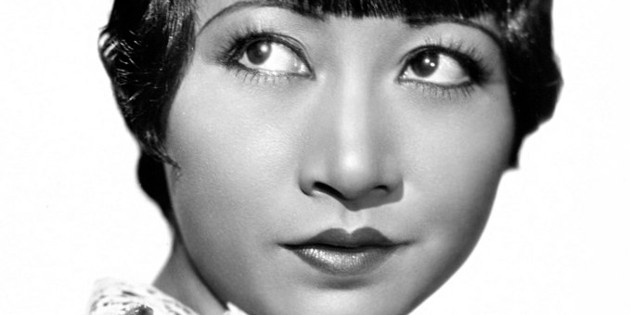
Anna May Wong – Actress and Trailblazer
(1905 – 1961)
Anna May Wong is regarded by many as the first Chinese American actress to achieve stardom in Hollywood. Born in Los Angeles, Wong began acting at an early age, and her career would grow to include silent films, color films, television, and radio. Although many of her early roles played into ethnic stereotypes, this would only spur Wong to become a vocal advocate for greater representation of Asian Americans in media. She would later go on to achieve both critical and popular acclaim for her international acting roles.
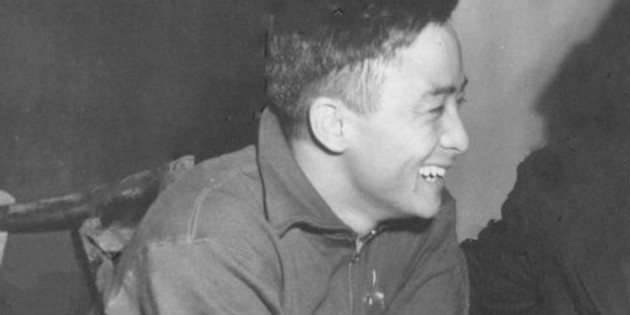
Sammy Lee – Doctor, Coach, Olympian
(1920 – 2016)
As a child, Korean American Sammy Lee was inspired by the many Olympic banners decorating his neighborhood during the 1932 Summer Olympics. It was a passion which would ultimately drive Lee to take up diving and become an Olympian himself. Lee was the first Asian American man to win an Olympic gold medal for the United States and the first man to win back-to-back gold medals in Olympic platform diving. Following his diving career, Lee went on to coach future Olympians like Bob Webster, Greg Louganis, and Pat McCormick. He also served as a physician for many years before retiring in 1990.
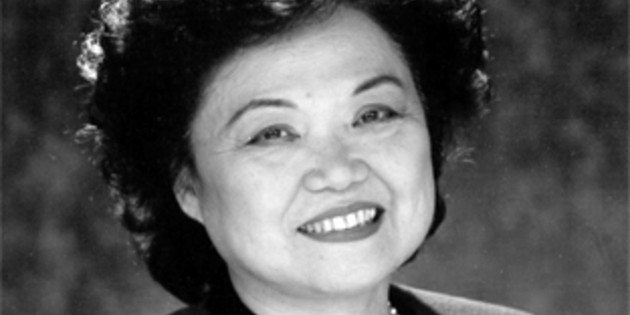
Patsy Mink – Congresswoman and Attorney
(1927 – 2002)
Patsy Mink was born in Hawaii and was a third-generation Japanese American. As a child, Mink and her family would often experience discrimination due to their background, yet this did little to dampen her resolve. In fact, these experiences would drive Mink to fight back against prejudice, first as a lawyer following her graduation from the University of Chicago Law School, and later as the first woman of color and the first Asian-American woman elected to Congress. Mink would spend her political career championing civil rights legislation. In particular, she co-authored the Title IX Amendment of the Higher Education Act which forbids discrimination within areas of education.
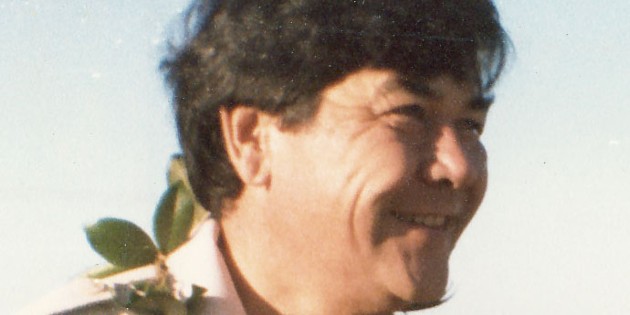
Herb Kawainui Kāne – Artist and Historian
(1928 – 2011)
Herb Kawainui Kāne was many things, but he is often cited as a key figure in the renaissance of Hawaiian culture. Working with other sailing enthusiasts, Kāne found the Polynesian Voyaging Society and helped rediscover the tools and techniques of early Polynesian navigators. He was also a prolific painter and became celebrated for his depictions of traditional Hawaiian scenes and historical events. Kāne’s actions served as a cultural catalyst and helped spark the revival of many near-forgotten aspects of Hawaiian life. Arguably his greatest accomplishment was the construction of the Hōkūle‘a, a voyaging canoe based on historical Polynesian design.
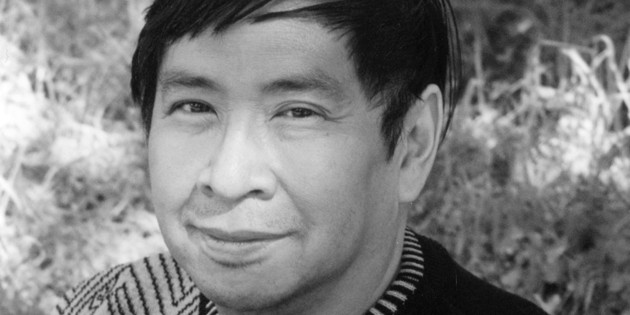
Laurence Yep – Award-Winning Author
(1948 – Present)
Fiction can be a powerful tool for learning, something Laurence Yep knows very well. Born in San Francisco, California, Yep often felt tension between mainstream American culture and his Chinese background. This feeling would eventually meld with his passion for literature and serve as the basis for many compelling stories. Yep would go on to be recognized as a prodigious author, and his work has earned him numerous accolades, including Newbery Honors.. Some of his most popular works include the Golden Mountain Chronicles and the Dragon series. Both of these series were celebrated for drawing on Chinese history and mythology.
